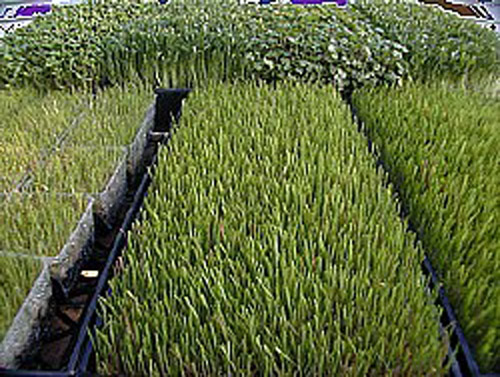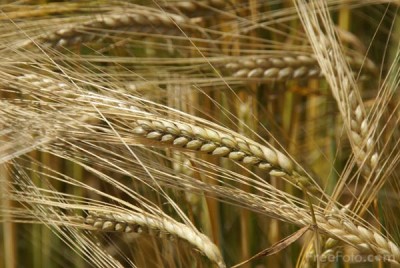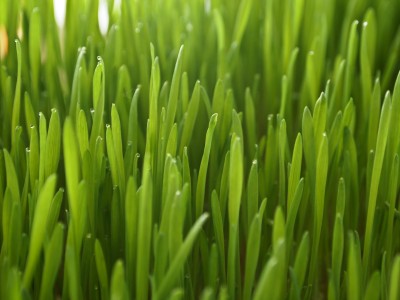Difference Between Barley and Wheatgrass

Taking a healthy diet is the key to stay healthy. Vegetables and grains have a vital part in a healthy diet regimen, as they have high nutrition value. Cereal grains have a huge variety, with barley and wheatgrass being the most popular ones. Many people confuse the difference between barley and wheatgrass, thinking that they are the names of a similar thing. These two types of grain do belong to the same family of grains but there are many differences between them. The nutritional differences between barley and wheatgrass are also vital.
Barley belongs to the grass family and is a major cereal grain, mainly used as animal fodder, a fermentable material for beer and other distilled beverages and other health foods. Barley is further used to make soups, stews and breads in different cultures.
Wheatgrass is made from the cotyledons of common wheat plant and is available in the market in form of juice or powder concentrate. Wheatgrass is longer than normal wheat plant and is a rich source of chlorophyll, amino acids, minerals, vitamins and enzymes. It is mostly available in juice bars, mixed with fruits or vegetable drinks.
Others are Reading
Instructions
-
1
Barley:
Barley grass acts like a free-radical collector, which is extremely beneficial for your health. These free-radicals can cause the growth of cancerous cells in human body and the components of barley grass consume them to decrease their number. Barley also acts as an anti-inflammatory agent in human body and is very good for nourishing your skin. Its nutritional components are pretty much same as those of spinach and contain lots of amino acid proteins to increase your body energy. However, barley is also rich in fibre and you better use it in a controlled manner if you are on dieting. Some people might also get allergic from barley and better avoid not consuming it if suggested by the physician.
Image Courtesy: starch.dk
-
2
Wheatgrass
Wheatgrass is very beneficial for better blood flow, digestion and detoxification of the human body. It is a rich source of protein and vitamin E, known to be energy boosting supplements. Wheatgrass naturally grows in pastures but it is now readily available as health juices in the market. The nutritional value of wheatgrass is very similar to spinach and broccoli. Wheatgrass contains chlorophyll and there are no evidences as yet that chlorophyll is beneficial for human health.
Image Courtesy: harmonywinters.blogspot.com
Posted by faren in Education, General Knowledge







